Plumbing leaks, caused by aging infrastructure or environmental factors, can cause severe damage if left unnoticed. Effective leak detection involves manual inspections and advanced technologies like moisture meters, infrared cameras, and acoustic sensors to identify pipe, fixture, and valve leaks. Modern techniques enhance accuracy and speed, minimizing disruption and saving costs. Integrating smart home systems with real-time water usage monitoring offers proactive leak detection for remote properties. Advanced technologies like smart sensors and data analytics have shown significant reductions in water waste (up to 30%) and prevented severe water damage. Regular inspections, maintenance, and understanding plumbing layouts are crucial for leak prevention.
In the realm of plumbing maintenance, leak detection is an indispensable skill. Water leaks not only cause significant property damage but also lead to unnecessary wastage of this precious resource. This article explores various aspects of leak detection for plumbing systems. From understanding common causes and traditional methods to embracing modern technology and smart home integration, we provide a comprehensive guide. Through case studies and best practices, we equip readers with the knowledge to navigate the landscape of leak detection effectively.
Understanding Plumbing Leaks: Common Causes and Types
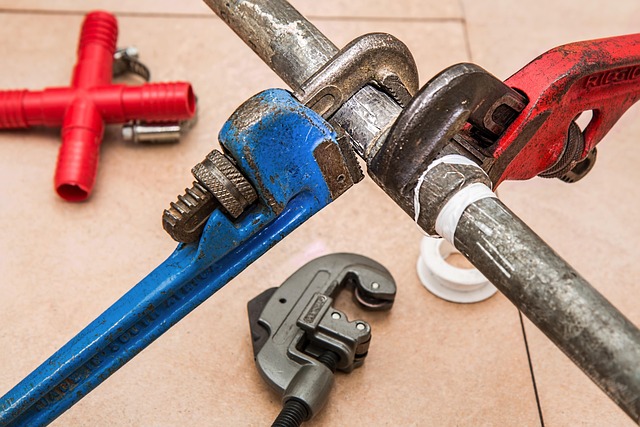
Plumbing leaks are a common issue that can go unnoticed until significant damage has occurred. Understanding the causes and types of these leaks is essential for effective leak detection. One of the primary reasons for plumbing leaks is aging infrastructure, as pipes, fittings, and valves weaken over time due to corrosion, mineral buildup, or environmental factors. Corrosion, in particular, eats away at metal pipes, leading to cracks or holes that can result in steady water loss.
There are several types of plumbing leaks, each requiring specific leak detection methods. These include pipe leaks, which often manifest as dripping or seeping along the length of a pipe; fixture leaks, such as those from faucets or showerheads, typically indicated by constant drips or unusual noises; and valve leaks, where water continues to flow even when valves are closed tightly. Detecting these leaks involves inspecting pipes for visible damage, checking fixtures for any unusual activity, and using advanced tools like moisture meters to identify hidden leaks within walls or under floors.
Traditional Leak Detection Methods: A Time-Honored Approach
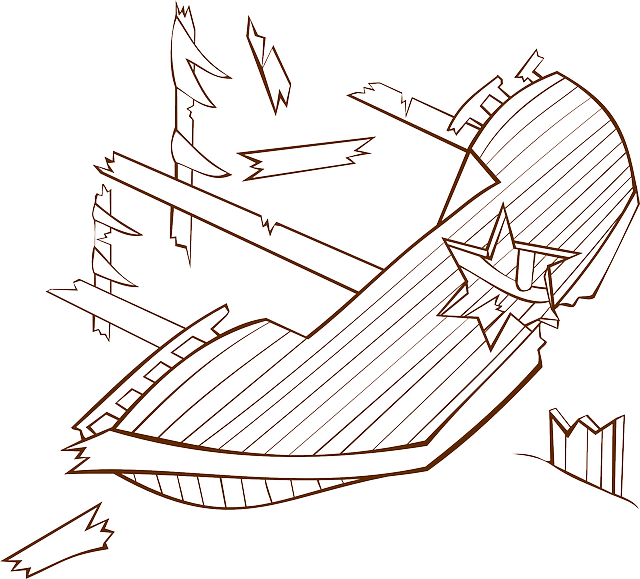
In the realm of plumbing maintenance, leak detection has long been a time-honored approach, employing traditional methods to identify and address water leaks promptly. These conventional techniques involve manual inspections, where skilled technicians meticulously examine pipes, fittings, and fixtures for any signs of moisture or water damage. By utilizing tools such as infrared cameras, which can detect thermal anomalies indicative of leaks, and acoustic devices that pinpoint water flow sounds, professionals can navigate the labyrinthine plumbing systems and pinpoint sources of leaks with remarkable accuracy.
Traditional leak detection methods have stood the test of time due to their effectiveness and adaptability. They enable technicians to assess the extent of damage, determine the type of leak, and implement targeted repairs, minimizing disruption and preventing further complications. Moreover, these approaches are crucial in commercial and residential settings alike, ensuring efficient water management, cost savings, and the preservation of valuable resources.
The Evolution of Technology: Modern Leak Detection Tools
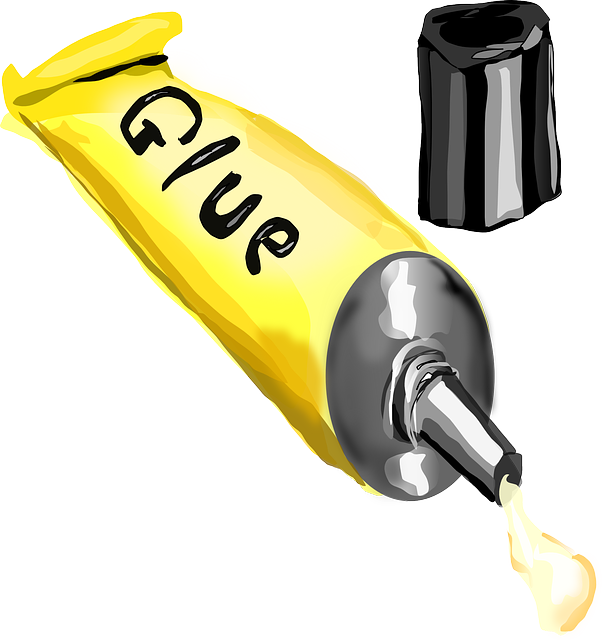
The evolution of technology in leak detection for plumbing systems has been nothing short of remarkable, transforming a once labor-intensive and time-consuming process into a precise science. Traditional methods relied heavily on visual inspection and manual probing, which were limited in their ability to pinpoint the exact location and magnitude of leaks. However, with advancements in sensor technology, remote monitoring, and data analytics, modern leak detection tools have revolutionized the industry.
Today, professionals employ sophisticated devices such as acoustic sensors that detect unusual sounds and vibrations indicative of water leaks, infrared cameras that visualize hidden moisture, and ground-penetrating radar that maps underground plumbing networks. These technologies not only enhance accuracy but also speed up the detection process, allowing for quicker repairs and reduced damage.
Non-Invasive Techniques for Minimal Disruption
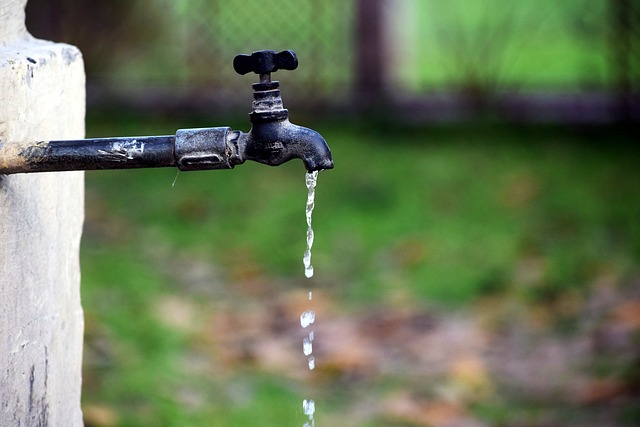
When it comes to leak detection, non-invasive techniques offer a minimal disruption approach, ideal for modern plumbing systems. These methods allow professionals to identify leaks without causing unnecessary damage or interrupting service. One such technique involves using advanced acoustic sensors that can detect subtle noises and vibrations caused by water movement within pipes. By strategically placing these sensors, plumbers can pinpoint the exact location of a leak, even in hard-to-reach areas.
Another non-invasive method leverages electromagnetic waves to detect anomalies in piping. This technology sends signals through the pipes, which are then reflected back when they encounter a leak or corrosion. By analyzing these reflections, plumbers gain real-time data on potential issues, enabling them to take prompt action. These innovative, non-invasive techniques not only save time but also reduce costs associated with traditional invasive methods, making them the preferred choice for modern plumbing maintenance and repair.
Integrating Smart Home Systems for Proactive Monitoring

Integrating smart home systems into plumbing leak detection offers a proactive approach to maintaining water safety and efficiency. These cutting-edge technologies can monitor water usage patterns, detecting anomalies that might indicate a potential leak in real-time. By analyzing data from various sensors and devices, smart home systems can alert homeowners or property managers immediately when unusual activity is detected, allowing for swift action before damage occurs.
This proactive monitoring is particularly beneficial in remote or vacation properties, where regular inspection isn’t feasible. Smart thermostats, water meters connected to the internet, and leak detection sensors can collectively provide a comprehensive view of plumbing system health. Such integration ensures that any unusual behavior, from sudden spikes in water usage to persistent dripping, is promptly flagged, enhancing overall home security and potentially saving significant amounts of money in water damage repairs.
Case Studies: Successful Leak Detection in Action
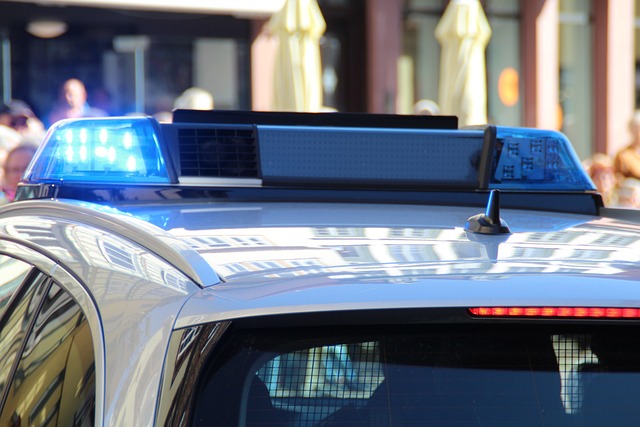
Successful leak detection cases highlight the effectiveness of advanced technologies and strategies in identifying and mitigating plumbing system leaks. In one notable instance, a major city faced a significant water loss problem due to an extensive underground pipe network. By deploying smart sensors and real-time data analytics, authorities were able to pinpoint leaks with remarkable accuracy, reducing water waste by over 30%. This case study demonstrates the power of modern leak detection methods in optimizing resource management.
Another successful scenario involves a residential complex where traditional leak detection techniques proved insufficient. Here, infrared cameras and acoustic sensors were employed to detect subtle changes in temperature and sound patterns, successfully identifying leaks hidden behind walls and floors. The swift action taken based on these insights prevented severe water damage and ensured a more efficient repair process. These real-world applications underscore the significance of proactive leak detection in various plumbing scenarios.
Best Practices for Maintaining a Leaks-Free Plumbing System
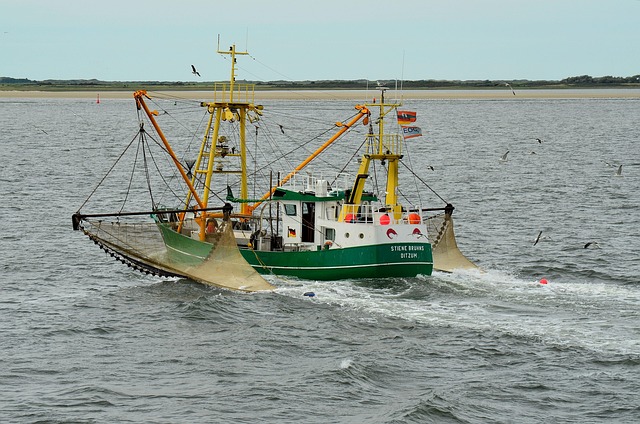
Maintaining a leaks-free plumbing system is essential for any property owner, ensuring efficiency and preventing costly damages. Regular inspection and maintenance are key practices to adopt. Start by understanding your plumbing layout; familiarise yourself with the positions of pipes, fixtures, and appliances. This knowledge allows for quicker identification of potential leak sources during regular checks.
Implement a preventive approach by keeping an eye on common signs of leaks, such as unusual noises from pipes or water spots on walls and ceilings. Promptly addressing these issues can save you from major plumbing emergencies. Additionally, consider insulating exposed pipes in colder climates to prevent freezing and subsequent burst pipes. Regular maintenance, including cleaning drains and replacing worn-out fixtures, contributes to a robust, leak-resistant plumbing system.
